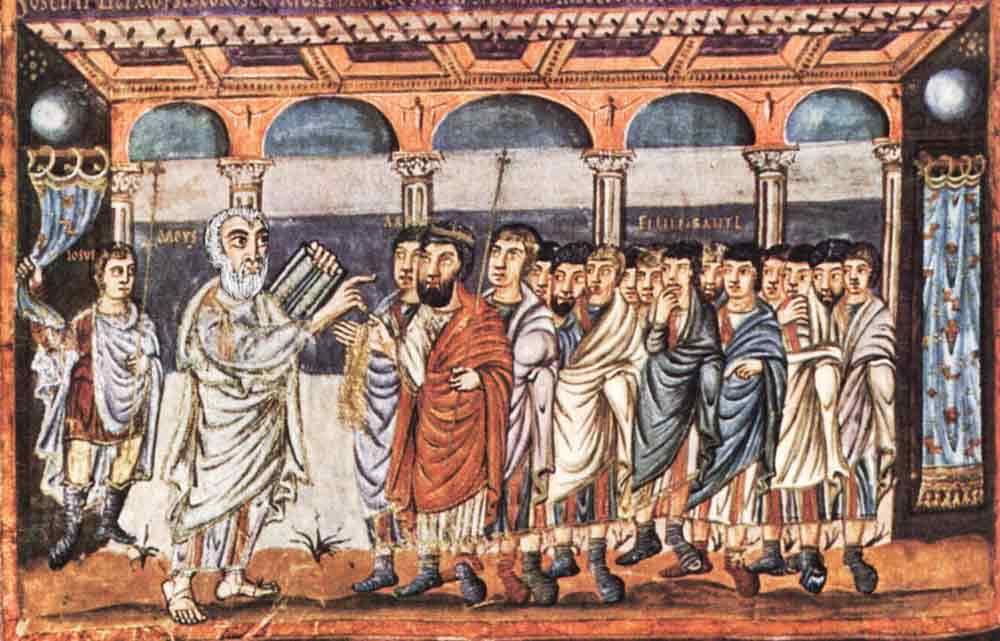The name Arieh Sharon naturally appears before us when we talk about the ‘Development Towns’ in Israel. Likewise, when the subject is the ‘development achieved in the Negev Desert’, the name ‘Menachem Perlmutter’ is not to be missed.
Born in 1928 in Czechoslovakia, the name ‘Menachem Perlmutter’ inspires respect as the ‘Architect of the Negev settlements plan’. During World War II, Nazi Germany conquered Czechoslovakia. It was during this time, in 1944, that all the Jews in Perlmutter’s village including him, his elder brother and their entire family got detained.
For Perlmutter, the period that followed right till the end of the world war was like a game of ‘hide and seek’. Quite a few times he got arrested, escaped from prison, was rearrested and on occasions was surprisingly released. He returned to his native place after the end of the world war. On his return, he realized that in the entire village, there were only 12 people, including him who had managed to come back.
Then in 1946, Perlmutter attempted to immigrate to Israel, but due to the then prevailing British Mandate, he was termed ‘illegal immigrant’ and sent to a prison in Cyprus.
Later, when Israel achieved independence, in July 1948, Perlmutter got released from the confinement and managed to return to Israel. However, due to Israel’s ongoing War of Independence, he had to join the military and be on the battlefield. Also, due to some ad hoc requirement, Perlmutter had to undergo training into the technique of ‘surveying’. The training proved to be the preparation for the field of work he was to pursue in the future. It so happened that when the war ended, and the issue of jobs came to fore, the training into surveying brought before him a remarkable opportunity. When the plan of the ‘Development towns’ was devised to accommodate the Jewish immigrants arriving from across the world, Menachem Perlmutter got appointed as the ‘Chief Surveyor for the Settlement of the Negev’. Later, he was also named the Director for the Negev region at the Engineering Division in the Settlement Department of the Jewish Agency.
Building development towns in the desert wilderness was not just about constructing residential houses. It required the building of the basic infrastructure; in fact, everything had to be created from scratch. It required planning to create and manage power supply, water supply, road construction, transport facilities, education facilities, health services, the type of cropping that can be undertaken in particular areas, etc. In addition to this, to generate employment for the locals thought had to be given to the allied businesses and professions which could be pursued apart from agriculture and also to raising of the funds for the same. Moreover, the agriculture to be practised was in the Negev Desert where the day temperature soared to about 50°C while the night was the time of biting cold. Most critical was the question of arranging water for drinking and farming.
In the whole of Israel, the vast lake of ‘Galilee’ was the only sources of fresh and potable water. This stock of water was due to the enough rainfall that its catchment area received. A separate plan to dam this water and also to collect the water that flowed down the mountain slopes was under consideration. The plan further aimed to supply this water across entire Israel using a network of canals and pipelines.

However, this water would have sufficed only the need for drinking water that too only fractionally; it would not have served agriculture. The time essentially called for out-of-the-box thinking. As controlling rains was not in their hands, they thought of utilizing every drop of rainwater and minimizing water wastage. Perlmutter took these plans forward, and research in this direction started. Techniques like ‘Drip irrigation’ were implemented to save water. Few years passed at the start in similar researches. At times, a particular experiment achieved success in the very first go while some failed perpetually. However, the research continued without any disheartenment.
While researching the techniques to save water and also about the alternative water sources, the Israelis discovered large underground reservoirs of water below the desert of Negev. Though the water was not potable by nature, they conducted research to find out if it could be used at farming. Though the water was brackish, it was not as salty as seawater. Hence they experimented with the use of this brackish water in agriculture. They found that crops did not repel this water and, in fact, survived on it. After this discovery, they researched the effects the brackish water had on the nature and characteristics of the various types of vegetation.

They made many observations during the research such as – when slightly salty water is used at watermelon plantations it results in the plants producing more glucose due to the pressure created in them by salt. It thus makes the melons sweeter than usual. Likewise, the higher concentration of minerals in the land adjoining the Dead Sea increased the sharpness in the taste of the onions grown in the region.

Many such discoveries started to change the face of the Negev Desert. A combined effect of the efforts of all these decades began to show as greenery started to replace the desert land in the Negev. The dream of Prime Minister Ben-Gurion of transforming the desert of Negev into a land of greenery that he had expressed while talking to ‘that’ agricultural expert was gradually on its way towards realization. And, Menachem Perlmutter played a vital role in the efforts that gave a start to it.
Perlmutter, who gave five decades of his life for the development of the Negev, later became famous as an expert, environment-conscious agriculturist. He also received many national and international accolades.
Menachem Perlmutter loved Israel dearly. Hence, more than these honours, he was happy for his wife’s participation in his dream to make the Negev green. He was all the more happy as she had also taken up a teaching job at a local school. And, he was glad at the decision of his daughters to choose the Negev as their place of residence even after marriage.
The Israelis are known to be passionate – goal-driven go-getters. Even today, the challenge to settle down in the Negev Desert beckons many Israelis. Examples of numerous youngsters, middle-aged Israelis who give up their well-to-do jobs in cities and settle down in the Negev with the perseverance to ‘do something’ appear in the local media regularly. Some of these examples include – a doctor-couple driven towards providing ‘affordable medical care’; some motivated teacher using ‘crowdfunding’ to start a kindergarten in a desert settlement, and many more. (Crowdfunding – is the practice of collecting funds for some mission or a project by appealing directly to the ordinary people).
However, when we glance at the history of the Israeli people, we see that ‘being possessed by a particular aim’ is a remarkable speciality of their nature, is it not?(To be continued…)

















